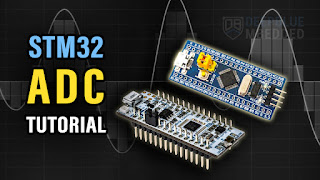Raspberry Pi Environment Construction Guide
1. Hardware Preparation
-
Raspberry Pi Model → Pi 4 (recommended), Pi 5 (newest), or Pi Zero (compact projects)
-
MicroSD Card → 16GB+ (Class 10 or UHS-I), or SSD for better speed
-
Power Supply → Official Pi adapter (5V 3A for Pi 4, 5V 5A for Pi 5)
-
Cables & Peripherals:
-
HDMI cable + monitor (optional, for first setup)
-
USB keyboard/mouse (optional, if not headless)
-
Ethernet cable (preferred) or Wi-Fi
-
-
(Optional) Case + heatsink/fan for cooling
2. Install the Operating System
-
Download Raspberry Pi Imager:
https://www.raspberrypi.com/software -
Flash OS to microSD:
-
Choose OS:
-
Raspberry Pi OS Lite → headless, server projects
-
Raspberry Pi OS Desktop → GUI for beginners
-
-
Enable SSH, set Wi-Fi SSID/PW, and hostname in advanced options.
-
-
Insert SD card → power up Pi.
3. First Boot & Basic Setup
Login (default):
Then:
-
Change password
-
Set timezone & locale
-
Enable SSH / I2C / SPI / Camera (if needed)
-
Reboot
Update system:
4. Networking Setup
-
Static IP (recommended for servers):
Add:
-
Reboot:
Now your Pi has a fixed IP.
5. Essential Tools Installation
-
Python tools:
-
Node.js (for web/IoT projects):
-
Docker (for containerized apps):
6. Development Environment
-
C/C++: Already available via
gcc/make. -
Python IDEs:
-
Thonny (GUI) →
sudo apt install thonny -y -
VS Code (remote SSH) → install on your PC, connect to Pi.
-
-
IoT Libraries:
-
GPIO:
pip install RPi.GPIO -
I2C/SPI:
sudo apt install python3-smbus i2c-tools
-
7. Storage & Backup
-
Mount external drive:
-
Add to
/etc/fstabfor auto-mount. -
Backup system image with
rpi-cloneor Raspberry Pi Imager.
8. Remote Access & Monitoring
-
SSH (terminal access):
ssh pi@192.168.1.100 -
VNC (remote desktop):
-
Web Dashboard (Cockpit):
9. Security Hardening
-
Change default password
-
Create new user, disable root login
-
Setup UFW firewall:
-
Enable fail2ban to block brute force attacks
10. Project-Specific Extensions
-
NAS/Storage Server → Install OpenMediaVault
-
Media Center → Install Kodi or Plex
-
IoT Gateway → Install Node-RED (
sudo apt install nodered) -
Web Server → Nginx/Apache + MySQL + PHP
-
Home Automation → Home Assistant (
docker run homeassistant)
By following these steps, your Raspberry Pi will be ready as a multi-purpose development and server environment.




评论
发表评论